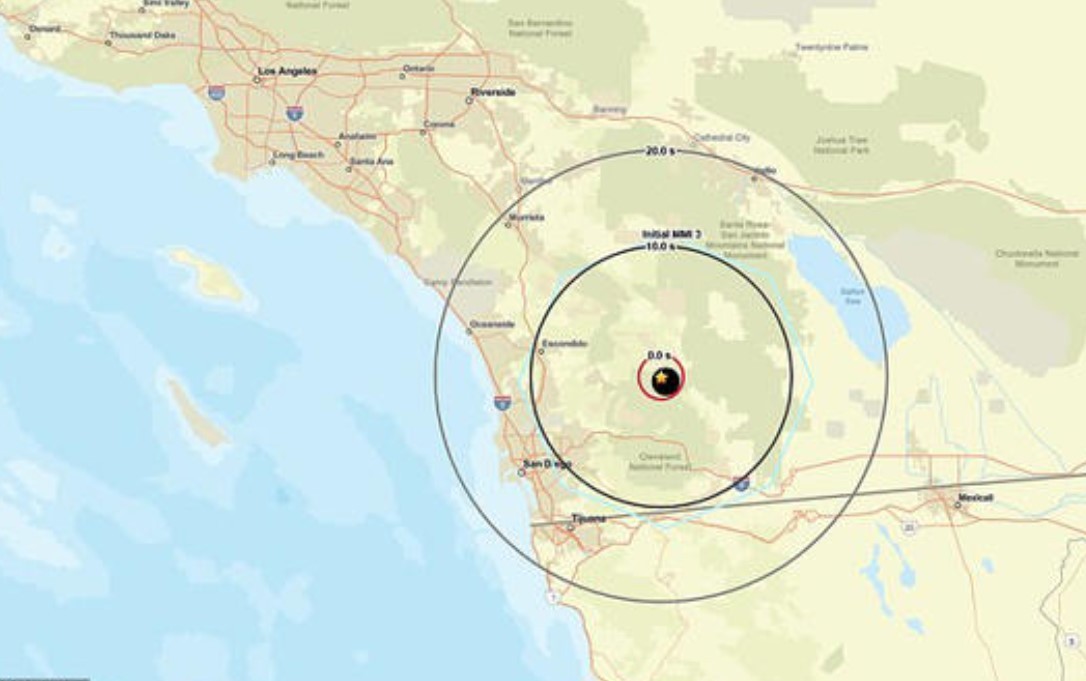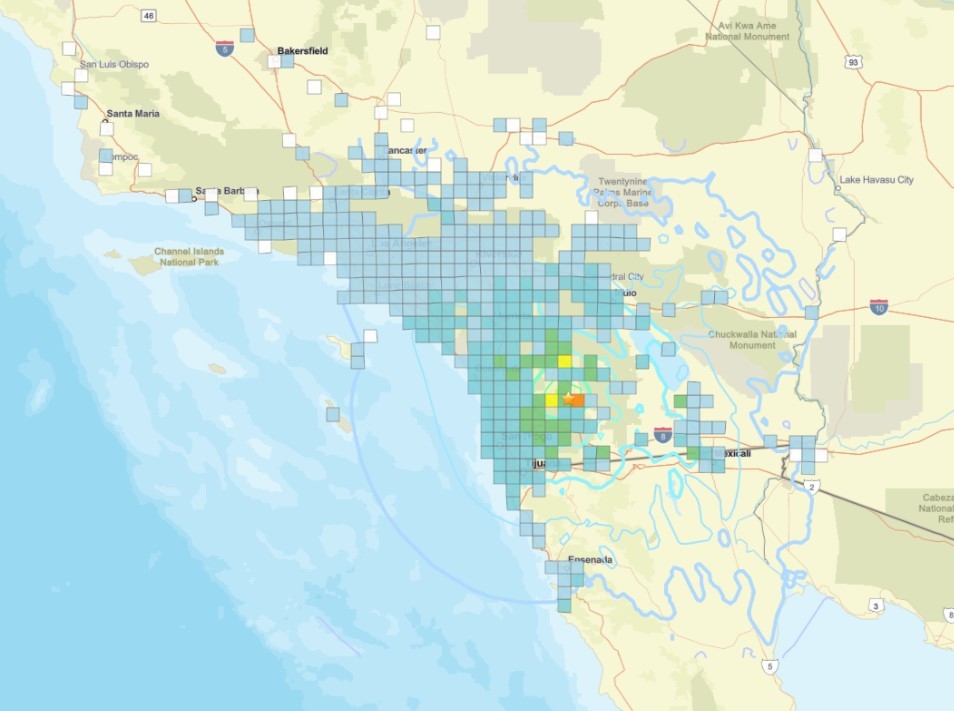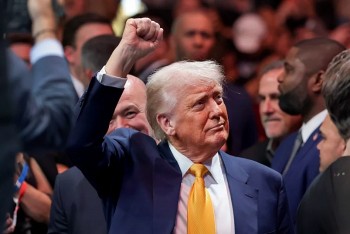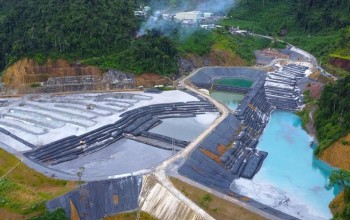Why iPhones Still Aren’t Made in America—And Probably Never Will Be
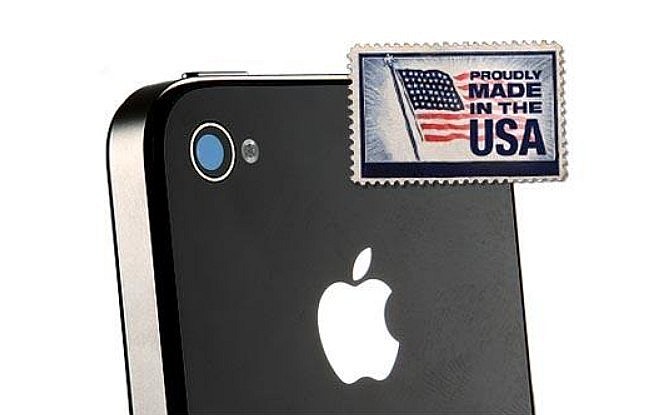 |
| Why Can't iPhones Be 'Made In US' |
Despite President Donald Trump's continued push for American-made tech, the iPhone remains firmly tied to Asia. Why? The answer lies in decades of structural, logistical, and industrial decisions—and it’s not just about cost.
A Presidential Question, an Uncomfortable Reality
Back in 2011, at a private Silicon Valley dinner, President Barack Obama asked Steve Jobs a direct question:
“What would it take to make iPhones in the United States?”
Jobs didn’t hesitate.
“Those jobs aren’t coming back,” he replied, as quoted in The New York Times.
Thirteen years later, even with President Trump renewing calls to bring Apple’s manufacturing back to American soil, the situation remains largely unchanged—because the problem was never simple.
Why Apple Manufactures in Asia: It’s Not Just About Cheaper Labor
Many assume iPhones are made in China to cut labor costs. But Apple executives and supply chain experts consistently emphasize three more critical reasons: speed, scale, and skill.
1. Speed of Execution
Chinese factories can respond to changes at a pace that’s almost impossible in the US.
During the iPhone 6 launch in 2014, a last-minute screen adjustment required retooling thousands of production lines overnight. According to former Apple operations managers, Foxconn deployed 8,700 industrial engineers in just 15 days—a task that would take nine months in the US.
2. Massive Scale and Workforce Flexibility
Apple's iPhones are primarily assembled in Zhengzhou, China, at a Foxconn complex known as “iPhone City.” It employs over 300,000 workers, most living in company-run dormitories.
The Wall Street Journal reports that this single plant can churn out 500,000 iPhones a day. American factories not only lack that scale, but zoning laws, labor regulations, and housing logistics make such a workforce concentration nearly impossible.
3. Specialized Skill Base
A key challenge is the middle-skill manufacturing workforce—workers who aren’t engineers but are highly trained in precision tasks like micro-assembly, quality control, and mold calibration.
In China, Apple draws from a talent pool of millions of such technicians, thanks to a national emphasis on vocational training. The US, meanwhile, has de-invested in technical education for decades, creating a gap that's not easily bridged.
A Deeply Rooted Asian Supply Chain
Modern iPhones include over 1,600 components, sourced from dozens of countries. But the vast majority of suppliers are clustered in East Asia.
-
TSMC (Taiwan): Manufactures the iPhone’s A-series chips.
-
Sony (Japan): Provides camera sensors.
-
Samsung (South Korea): Supplies OLED displays.
-
Murata (Japan) and ASE (Taiwan): Handle wireless modules and chip packaging.
Even if Apple built an iPhone plant in the US, components would still need to be flown in from Asia—adding cost, risk, and complexity.
Attempts to Shift Production: Are Things Changing?
Apple isn’t ignoring the political and economic risks of over-reliance on China. Recent years have seen partial diversification:
-
India: As of 2024, around 14% of iPhones are assembled in India through contractors like Foxconn and Pegatron.
-
Vietnam: Grows as a hub for AirPods and some MacBooks.
-
Arizona, USA: TSMC is building a $40B chip plant with subsidies from the 2022 CHIPS Act. But delays and talent shortages have pushed full production to 2025 or later.
Still, analysts at Bloomberg point out that these shifts are about hedging, not relocating. China remains central because it offers an unmatched ecosystem Apple can’t replicate elsewhere—yet.
The American Manufacturing Gap: A Structural Problem
The US manufacturing sector declined by 35% in terms of employment from 1980 to 2020. While automation played a role, offshoring of electronics assembly and component fabrication gutted the domestic supply chain.
Reversing this trend isn’t as simple as opening a factory. It requires:
-
Rebuilding supplier networks
-
Massive vocational training programs
-
Incentives for domestic component manufacturing
-
Permitting and infrastructure reform
Without addressing these foundational issues, iPhones assembled in America will remain the exception—not the rule.
So, Could Apple Ever Build iPhones in the US?
Technically, yes. Economically and logistically, not without major sacrifice.
Former Apple CEO Tim Cook once noted:
“The tooling and precision we rely on is deeply integrated into Chinese manufacturing. You can’t just duplicate that overnight.”
Bringing iPhone manufacturing to the US would mean higher costs, slower turnaround, and likely a less reliable supply chain—in a fiercely competitive market where speed and margin are everything.
Conclusion: More Than a Company Decision
The iPhone is a symbol of global interdependence. While political leaders—including President Trump—continue to press for reshoring, the reality is this: Apple alone can’t fix a decades-long erosion of US manufacturing capacity.
Until the US invests seriously in infrastructure, education, and industrial policy, iPhones will continue to be “Designed in California. Assembled in China.”
 3 Simple Ways for Permanently Downloading Files on iPhone and iPad 3 Simple Ways for Permanently Downloading Files on iPhone and iPad This guide shows the best ways to download and store files permanently on your iPhone or iPad. We'll try the built-in Files app and third-party ... |
 Simple Ways to Download Songs on Spotify to iPhone, Android Phone, Computer, and More Simple Ways to Download Songs on Spotify to iPhone, Android Phone, Computer, and More This article provides a step-by-step guide on how to download songs on different devices—iPhone, Android, and desktop computers—so you can take your favorite playlists anywhere. |
 Top 10 Useful Apps to Forecast U.S. Weather in 2025 Top 10 Useful Apps to Forecast U.S. Weather in 2025 From the wide range of weather apps available, we have selected ten of the best for Android and iOS smartphones in the US. These are ... |
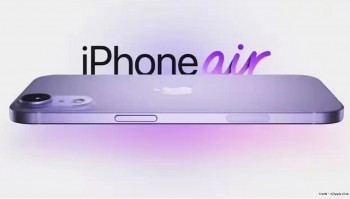 What to Expect from the iPhone 17 Air: New Features in Design and Performance What to Expect from the iPhone 17 Air: New Features in Design and Performance Here’s everything you need to know about the upcoming iPhone 17 Air and its game-changing features. |





